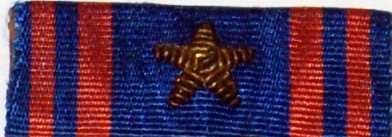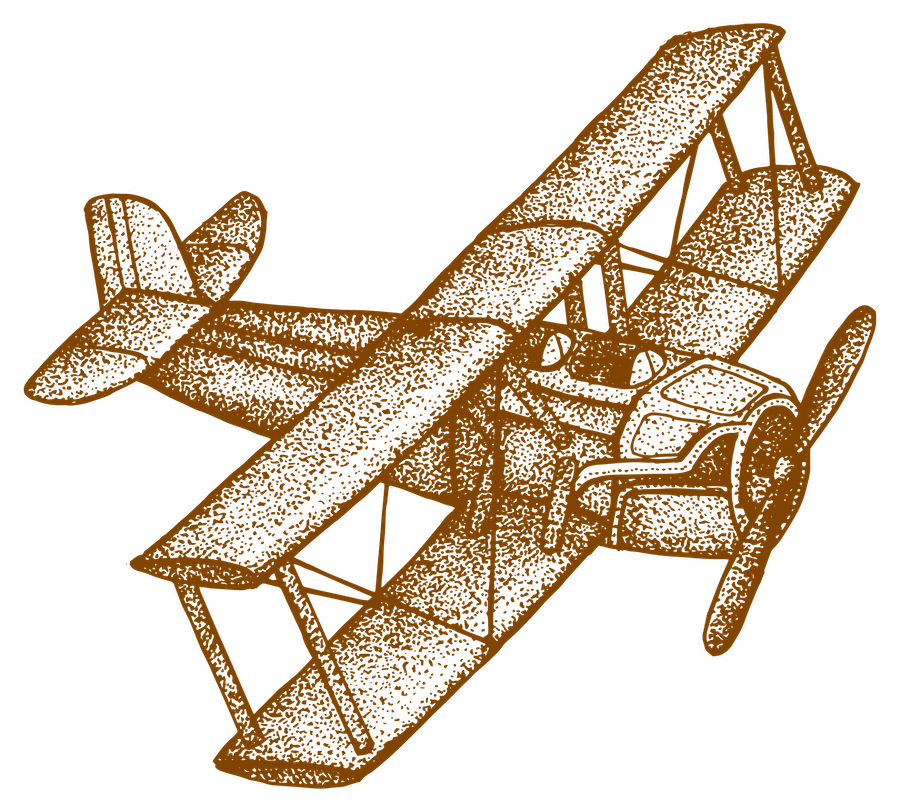On December 28/29th, 1938 Mario Stoppani and his crew established a new flight record.
They flew from Cadiz in Spain along the African coast to Caravelas in Brazil on a Cant Z.506B. The flight lasted 26 1/2 hours and covered a distance of 3786 nm.
Mario Stoppani and his crew members, arrived in Natal on February 1, 1938 after a trip to various Brazilian cities. His arrival in Natal created quite a stir and a celebration party was given in his honor.
On that day Mario Stoppani and Enrico Comani were awarded the Italian “Medaglia d’oro al valore aeronautico” . According to Wikipedia the official wording to honor Mario Stoppani is as follows: ->
Demetrio Iaria and Renato Pogliani were rewarded the “Medaglia d’Argento al valore aeronautico”.


Con un rapidissimo volo di 7.000 km senza scalo, dalla Spagna all'America Latina conquistava all'Italia il primato di distanza per idrovolanti
On February 2, 1938 Mario Stoppani left Natal early in the morning.
They planned to fly to Bathurst (now Banjul) in The Gambia.
After only 4 hours into the flight they experienced engine problems and decided to return. At first they headed for Fernando de Noronha and then continued on to Natal.
About 3 hours after they made the decision to head back radio operator Demetrio Iaria sent out an SOS. Another SOS transmission was picked up a little later but no contact could be established with the I-LAMA.
As it turned out the plane crashed into the sea and caught fire. Only Mario Stoppani was found alive. He was clinging to the wreckage. Sharks were all over the area. Amidst high waves Kurt Grosschopff and his crew landed their Dornier Wal flying boat close-by and managed to get Mario Stoppani on board.

A small sample of headlines from newspapers around the world.
Dortmunder Zeitung, Germany
Berliner Lokal-Anzeiger, Germany
Deutsche-Rio-Zeitung, Rio de Janeiro, Brazil
The Telegraph Brisbane, Qld., Australia
Neue Freie Presse, Wien, Austria
Luzerner Tageblatt, Schweiz
A Republica, Brazil
Italo-Australian Sydney, NSW, Australia
Apart from the crew of the flying boat “Samum” many other parties from different nations were involved in the rescue operation as well.
Without the radio operators that were in touch with Mario Stoppani and guiding the “Samum” and others to the site of the accident the fate of the I-LAMA would have been unknown.
From The Air
From Shore
From Sea
Radio Operator Enrico Mergos of the Brazilian radio station in Natal PQN has been in contact with the I-LAMA from the time she left Natal at 0810 GMT. He recorded all events and picked up the message to the catapult ship Schwabenland / DOFW . Mario Stoppani reported that they had engine problems and that they would return. Enrico Mergos made sure all relevant parties got notice of Mario Stoppani's problems. On the way back he assisted I-LAMA with radio direction finding signals to guide her to Natal. From that time on he was on continous radio watch.
Air France radio station PRI on Fernando de Noronha
Air France radio station PRN in Natal
Aviso Air France IV / FNAT
Commandante Gabriel Bonnarme
2e Capitaine H. Rousseau
Radio Operator Nemes Le Gac
Ship's Doctor Spinetti
The French Aviso was the first ship to arrive at the site of the accident. Mario Stoppani and the crew of the Samum / D-AFAR were taken onboard. Mario Stoppani was treated for his slight injuries. A picture of the Air France IV is on dakar.1940.free.fr.
Land plane Ville de Montevideo / F-AOXE (Type Farman F.2200)
The crew of the Ville de Montevideo / F-AOXE assisted the aviso Air France IV / FNAT by circling above the site of accident and sending out direction finding signals to guide the aviso. Unfortunately the names of the crew are not known.
The site hydroretro is maintained by Gerard Hartmann and has a document called derniersavionsfarman.pdf giving more information of this kind of aircraft used for mail flights by the French. Another nice picture is on edcoatescollection .
Apart from the crew of the D-AFAR "Samum " the following German flying boat and ship were involved:
Flying boat D-AGAT "Boreas"
D-AGAT "Boreas" was catapulted from the Schwabenland / DOFW some time after the D-AFAR "Samum" was already airborne and searching for the I-LAMA. It did reach the accident location when Mario Stoppani was already rescued. The crew of the D-AFAR "Samum" gave signals that no further assistance was needed. Captain Blume and his crew continued on to Natal.
Catapult ship Schwabenland / DOFW
The I-LAMA was constantly in contact with the Schwabenland / DOFW. After learning of the problems the crew assisted Mario Stoppani on his way back. After Mario Stoppani's SOS was heard the D-AGAT "Boreas was launched and the catapult ship left Fernando de Noronha for assistance. In the meantime it assisted the rescue party with presumed positioning reports, radio direction finding signals and wheather forecasts. She arrived at the accident location the next morning where it recovered the D-AFAR "Samum" which was still drifting in the ocean.
Several books were published covering the accident from different perspectives. You can see the book title, section-headline and authors name.
Zwischen Feuer und Wasser
Hans J. Pirner
C.C. Bergius
.
Deutsche Katapultflüge 1927-1939
Jörg-M. Hormann
Giorgio Evangelisti
“Die abenteuerlichsten Fliegergeschichten der Welt”
C.C. Bergius
Erlebnisse unserer Verkehrsflieger
Joachim Matthias
Die abenteuerlichen Expeditionen der Lufthansa 1934 – 1939
Jürgen Rosenstock
More information about Comandante Stoppani, Capitano Pilota Comani and Marconista Iaria can be found at: